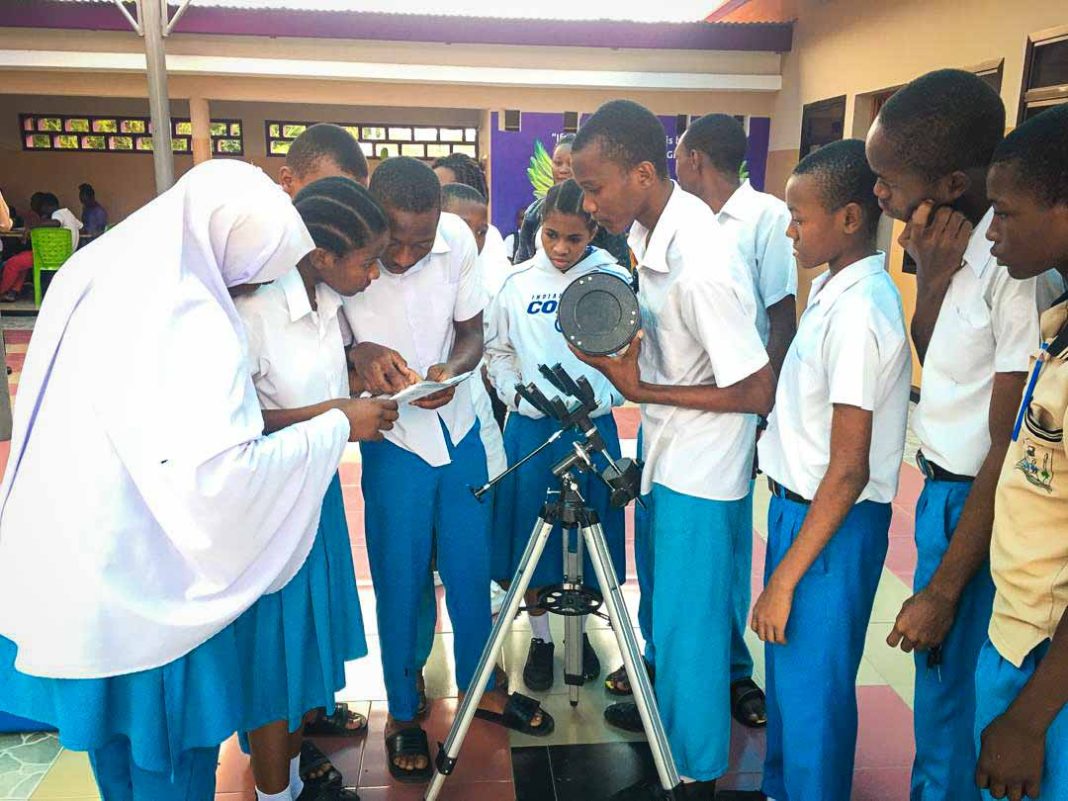Through population growth and in-migration, cities are only going to increase in number and size. This presents a challenge: how do we ensure citizens’ needs are addressed adequately as urban environments sprawl at an unprecedented rate? One answer is using a life-long approach – improve outcomes for young people that benefit them throughout their lives. It’s working for Tanga in Tanzania, and it’s a model ripe for replication. Let’s take a look at why and how young people should be put first when designing cities of the future.
In the Tanzanian city of Tanga, a big change is occurring. Or rather, plenty of modest-sized changes, accumulating in a major shift.
One of the best-known is its STEM park.
Achievement in the fields of science, technology, engineering, and mathematics has historically been relatively low in Tanga. So a plot of land was found and local resources used to build an environment of learning, combining and fun activities, play, and modern gadgetry – like VR and drones – to informally educate hundreds of children as young as six years old.
STEM-ming the Problems
Of course, this serves a specific purpose.
For a start, the skills and knowledge these youngsters are equipped with put them on a more equal standing later in life with peers from much more affluent backgrounds. It also serves to narrow the gender attainment gap.
STEM park is part of a bigger initiative responding to the problems caused by rapid urbanisation, as seen throughout Africa.
In 2022, the African Development Bank Group reported that the continent’s cities had doubled in number since 1990, and by 2050 Africa’s urban centres are expected to add a further 900 million inhabitants. Two-thirds of the cities needed to accommodate them are yet to be built.
Dar es Salaam is set to be Tanzania’s first megacity, with a population exceeding 10 million by 2030. If this city is any indication, a majority of the dwellings cropping up elsewhere in the country will be slums. These informal settlements lack basic infrastructure like clean, running water, and access to social services correlating with higher rates of disease, unemployment, and crime.
But, the World Bank writes, if urban decision-makers are well-informed and supported appropriately, they can put the right planning in place to ensure citizens have a good quality of life. This is exactly what’s happening in Tanga, and city leaders elsewhere would be right to watch and learn.
TangaYetu
It’s all taking place under the name of TangaYetu (meaning OurTanga in Swahili), part of the OurCity initiative headed by Fondation Botnar – a Swiss philanthropic organisation with a specific interest in improving opportunities for young people in urban and digital spaces.
TangaYetu comprises a multitude of interventions throughout the city. Each targets one or more of the most pressing issues preventing local youth from reaching their potential.
“We wanted to explore how we can do that using technology,” comments Zur Oren, Fondation Botnar’s partnerships coordinator. Digital literacy is a major component. It also includes the creation of open green spaces, sport programmes, road safety initiatives,, and much more, all seeking to improve youth engagement, empowerment, health outcomes, and opportunities. Impressively, since its inception in 2019, the initiative has reached and benefitted more than 80,000 young people in Tanga City.

Where It All Began
Equipping citizens with lifelong learning, TangaYetu’s impact lands at a systemic level, addressing the roots of the city’s challenges.
Partnerships are an essential building block of the initiative. Fondation Botnar works with Tanga City Council, among others, and facilitates knowledge transfer and capacity building for local youth organisation ProjektInspire and teachers in Tanga through the Swiss Science Center Technorama.
Respected scientist Dr Hassan Mshinda is Fondation Botnar’s representative in Tanzania. Although he has been instrumental to selecting Tanga, pulling together the partnerships, designing the programme, and leading its execution, ownership of the project was very much put on the shoulders of local representatives from the very start.
That was really the whole point.
All too often, “sustainability is a major problem,” Dr Hassan admits. He wanted to be sure that, after Fondation Botnar’s involvement concludes, the city administration will continue the good work.
Tanga was an easy choice for partner: its council presented the right outlook. “We have a city leadership which is forward-looking… which will look after people,” Dr Hassan explains.
With that established, they set about identifying bottlenecks and gaps in Tanga’s provision.
The Trouble with Tanga
Initial planning workshops gave them enough data to get started.
Dr Hassan tells us that Tanga – a coastal city with a population of around 400,000 – has many similar and interlinked issues as the slums of Dar es Salaam: unemployment, disease, and crime. “You also have problems of early pregnancies” and substance abuse, Dr Hassan adds. “And abandoning families.”
Step two was to really understand how these issues affect the local youth. Our CityChanger knew who he had to ask: the young people themselves.
Getting them to participate wasn’t too difficult. “We have devised a robust way of engaging them,” Dr Hassan explains.
The project associates set up a Youth Advisory Committee in each of Tanga’s 27 wards, which invited youngsters to speak with them. Being informal in structure, hyper-local, and offering discussions in diverse youth-centric locations led by their peers, attendance and engagement was positive.
Mainly they spoke of having too few job opportunities and their fear of poor financial security.
So, TangaYetu’s mandate was clear, and in a boon to the city’s management, it aligned with Tanzania’s national strategy – particularly with regards to school attendance and job creation.
A Class Act
In recent years, Tanga has seen a sharp rise in the number of children admitted to the city’s schools because of population growth and the government’s decision to eliminate what Dr Hassan refers to as “user fees” – a charge for accessing education. In a story familiar to so many localities around the world, demand outstrips the country’s ability to adequately build and resource schools.
The challenge for the government was to provide desks and also enough classrooms to accommodate all of them.
Dr Hassan Mshinda
Fondation Botnar has so far been able to distribute 4,090 desks for primary schools – impacting more than 12,000 students – and a further 3,019 chairs and 3,846 tables in secondary schools for the benefit of another 3,846 students.
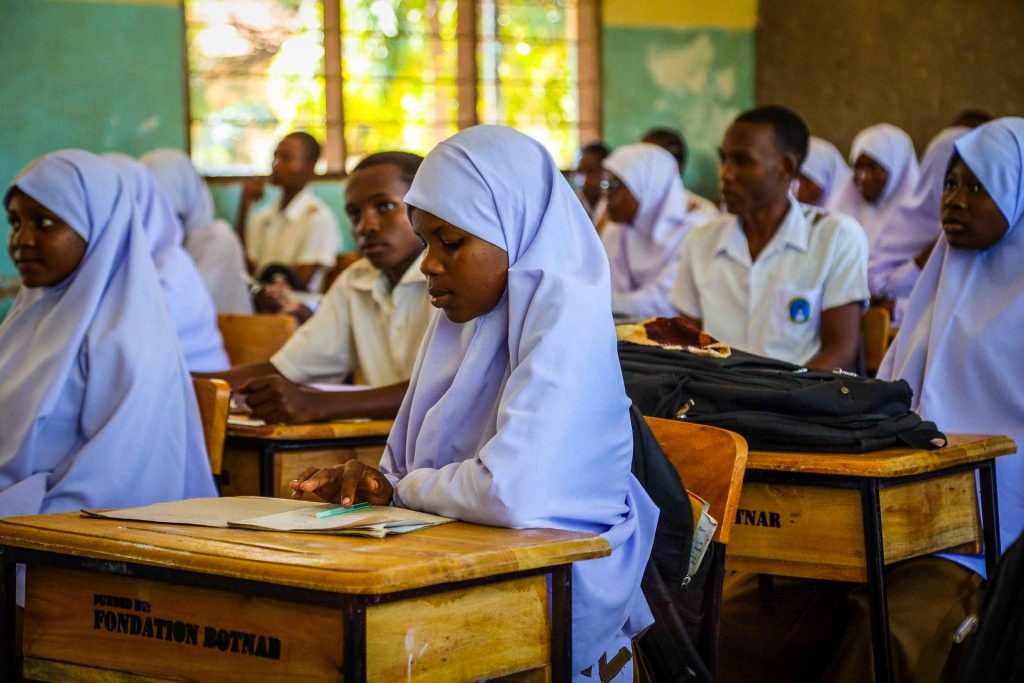
“These were all built by local carpenters,” Zur rightly emphasises, “taking into consideration our desire to strengthen the local economy and to ensure ownership of the local community on the products they create with their own hands.” This helped deeply embed TangaYetu in the wider community alongside meeting schools’ needs.
“That substantially reduced the problem,” Dr Hassan observes. “There is no excuse now for not attending school simply because ‘I didn’t have a space to sit’.”
The impact is quite miraculous! Combined with an “evidence-based approach” to teaching borrowed from India, these newly equipped classrooms have not only improved attendance but also “80 per cent of [pupils] were able to read and write within a month.”
Tanga’s Next Generation of Business Minds
At the other end of the age spectrum – Tanzania’s legal definition of a young person extends to 35 years old – TangaYetu takes aim at unemployment.
Mostly, it builds on existing foundations.
As a coastal city, for example, Tanga is prime for blue economy development. So, Dr Hassan tells us, 100 youths have learnt how to farm – and fatten – crabs. The programme also encourages female inclusion in the industry, which is traditionally low.
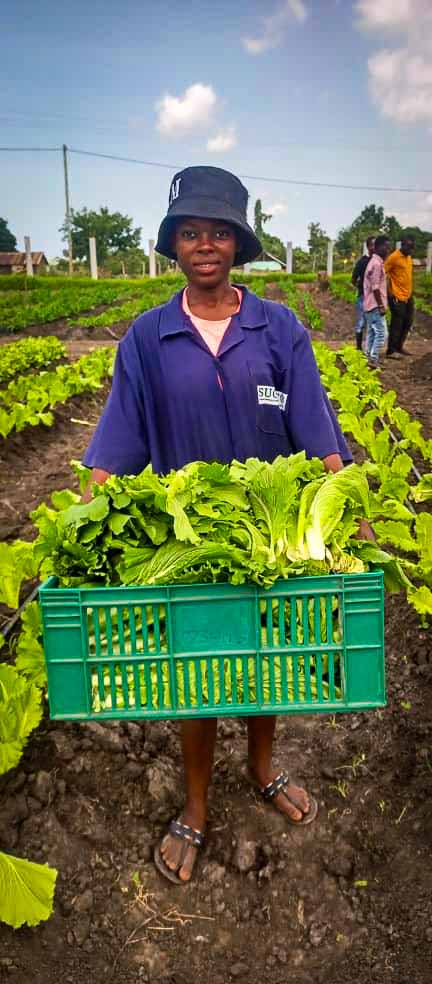

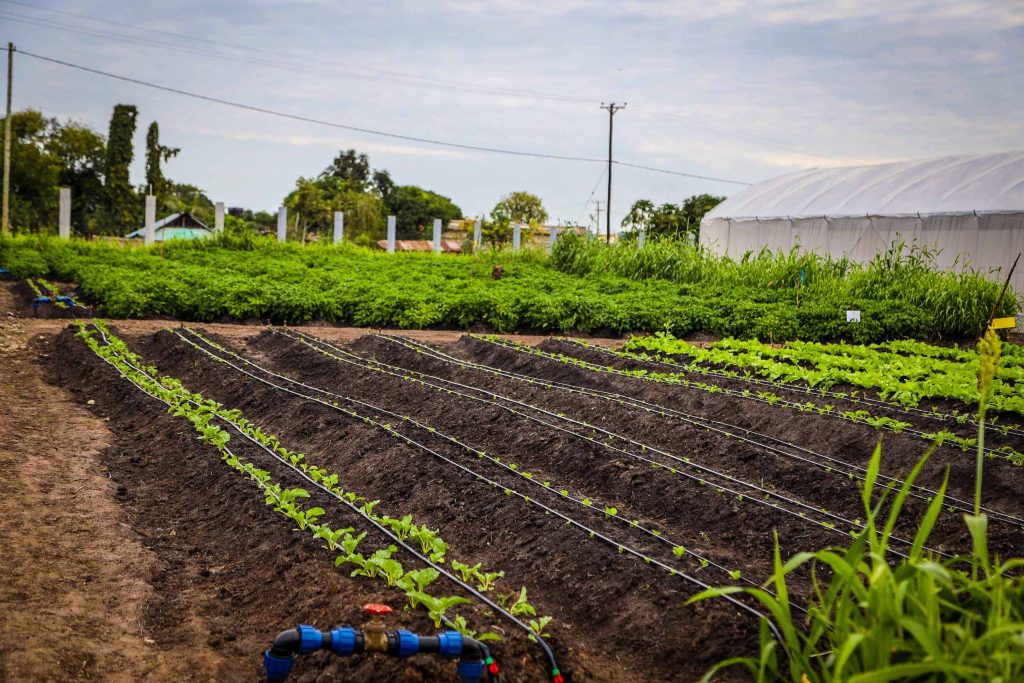
Others are trained in agribusiness: growing crops, poultry rearing, and fishery management. So far, around 50 young people have been through these programmes.
Zur points out that the training is in fact “providing them with entrepreneurship training” so the skills they gain are not so job-specific but diverse and transferable.
Many of them are expected to establish their own farms. This has advantages for the wider community too.
What It Means, City-wide
An increasing presence of urban farming improves the outlook for a city’s future food security – a hot topic as demand grows with inflated populations. Urban centres need to become more self-sufficient, and it seems Tanga is getting ahead of the game.
Not without their own stake in the game, though.
Tanga city council is expected to run with the project long into the future, way after Fondation Botnar and Dr Hassan’s involvement concludes.
So, while TangaYetu offers grants to set young people’s careers on their way – “a startup kit”, as Dr Hassan calls it – the council has pledged to establish a city fund to meet further capital costs, such as land, incubators, feed, etc.
It’s a wise move on their behalf. With an open-ended funding stream in place, it demonstrates the kind of security that attracts extra support from external sources.
For a start, the EU recently selected Tanga for its Green and Smart Cities SASA project. This will further expand young farmers’ capacity by setting up projects for rearing flies, a protein-rich source of animal feed.
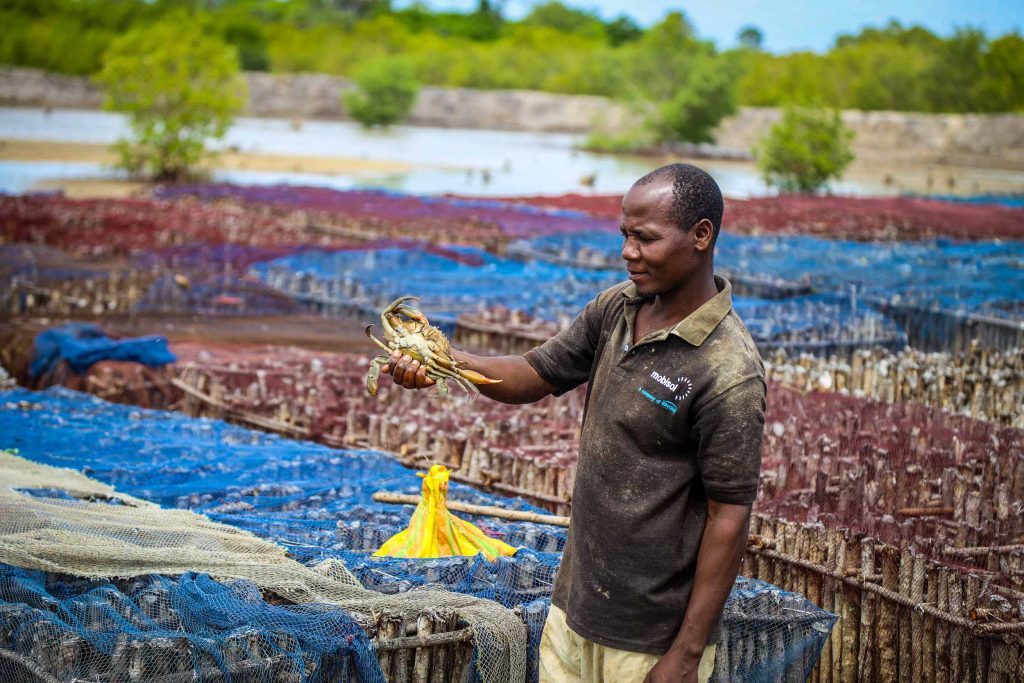
The Ongoing Work That Makes a City Successful
As the project develops and the city grows, young people are assured of a say in what both look like: representatives, like those on the Youth Advisory Committee, have a place at the table in decision-making processes and are invited to sit on the project’s steering committee.
This will ensure TangaYetu continues to stay relevant and needs-driven – even as those needs change.
It could be argued that this worked for one simple reason: everyone put the needs of Tanga’s young citizens first.
This didn’t come about by happenstance. It’s down to having the right curator coordinating the project.
“You need to have people like Dr Hassan who can facilitate such a project,” Zur points out. “People that are respected, who can speak with the youth, and at the same time speak with the relevant people on the city council.”
Dr Hassan himself says it’s largely down to trust.
He invested a lot of time to win over each and every participant from inception: local government, stakeholders like NGOs and the private sector, and the young people.
This grounding was instrumental in establishing mutual understanding, defining shared objectives, and guaranteeing mechanisms were put in place to assure long-term sustainability.
“It’s not easy to find such a partner,” Zur admits. “We only have one Hassan. But in other countries, we partner with fantastic organisations leading similar processes; we learn together from Dr Hassan and TangaYetu, and make local adaptations as needed.”
Give It Time
So as TangaYetu offers a convincing model for – to use Dr Hassan’s own words – “a national programme addressing the problems of young people”, even the handling of the project proves to be a worthy learning tool for local authorities.
As Zur says, there was no blueprint. It took time: time to bring actors together; time to build trust; and time to implement the solutions.
This is one lesson it seems the young people could learn from.
“When you are embarking on this kind of project, you create a lot of expectation,” Dr Hassan informs us. “They would like to see results very quickly.” Turning a profit at the end of day one of their training, he jokes.
Then again, given the urgency of what needs to change, maybe we should take their eagerness on board. If cities commit to bold and long-range initiatives as Tanga has done, there will be chance after chance to evaluate and amend what doesn’t work so well, but nothing will ever change until we make a start.

